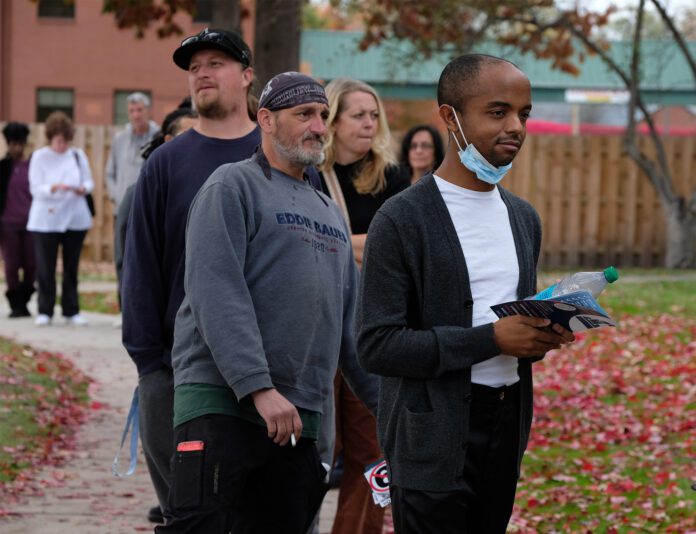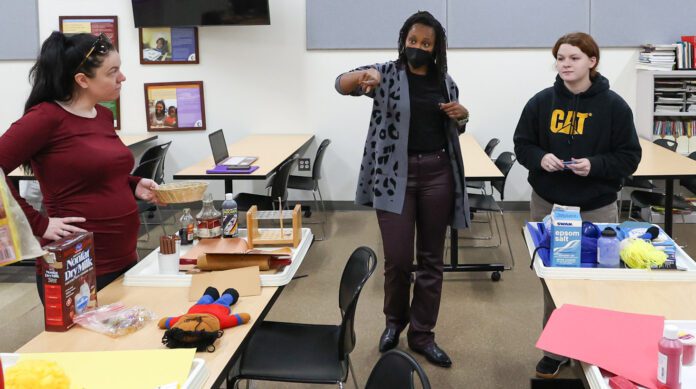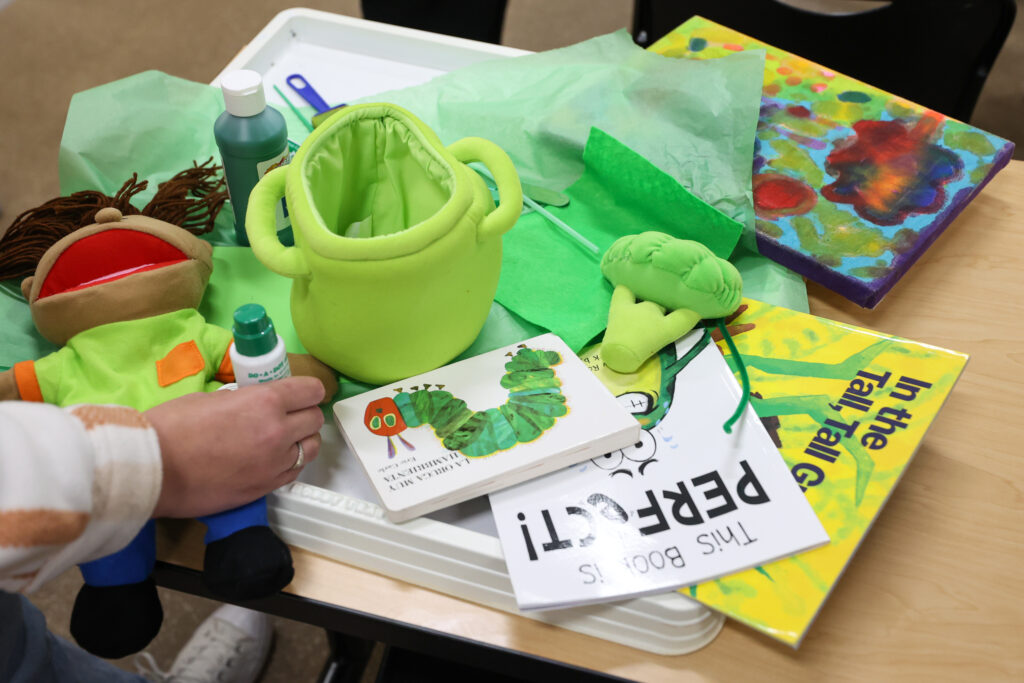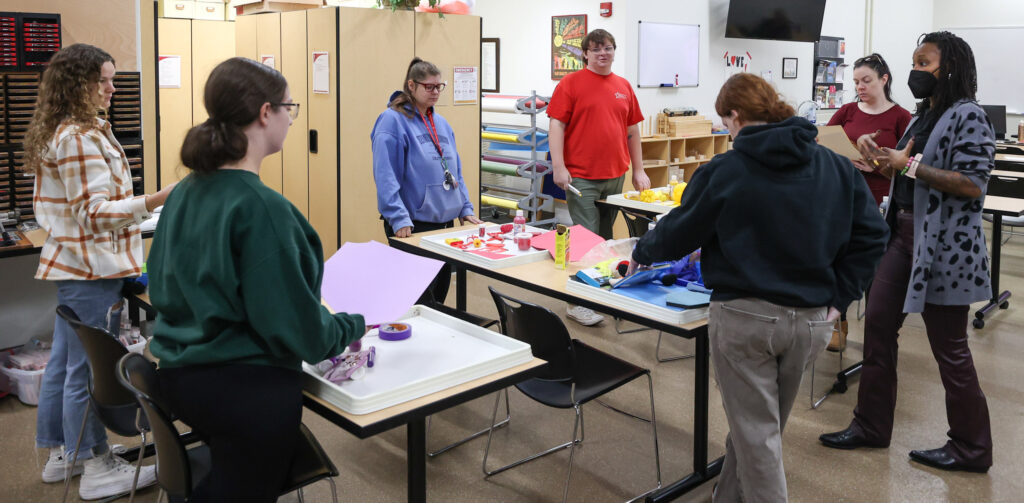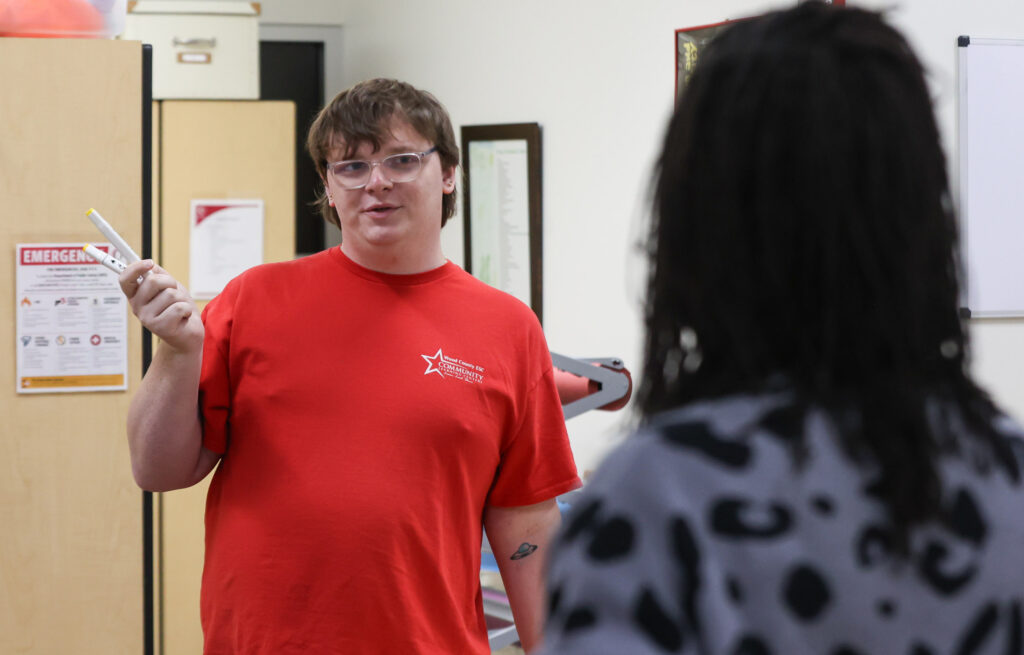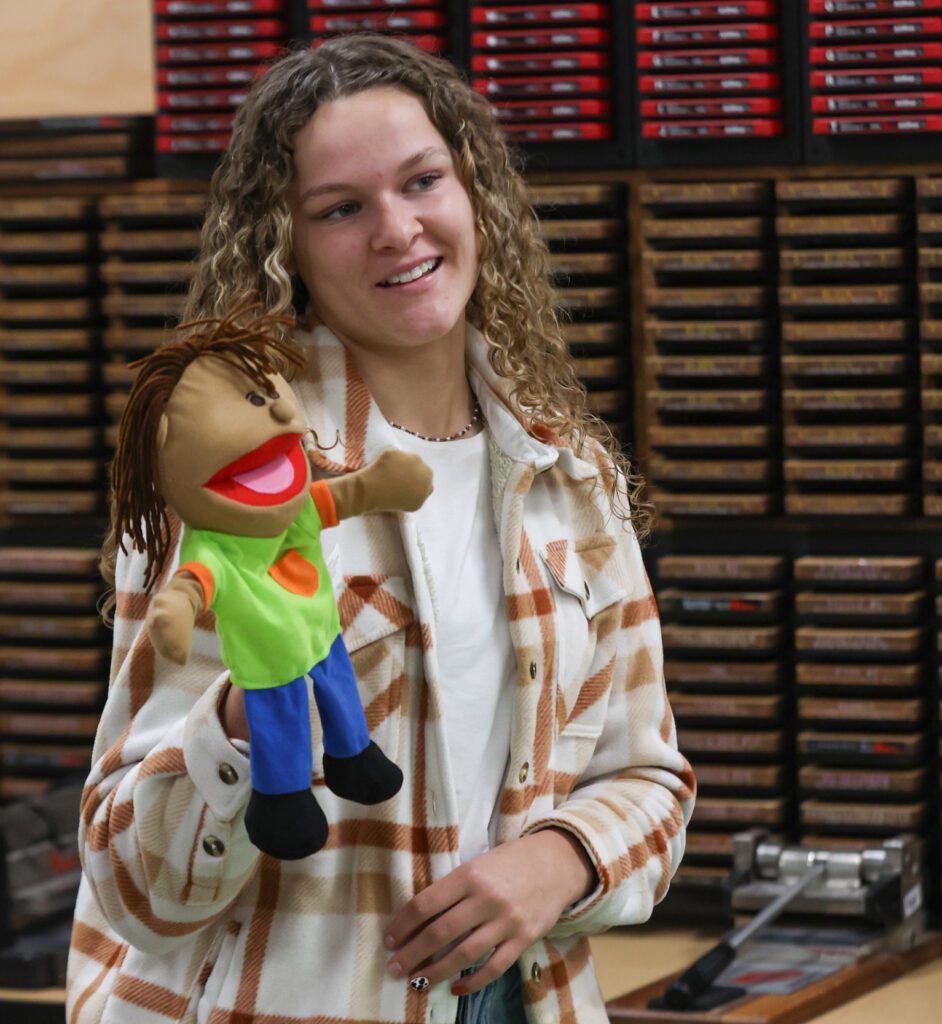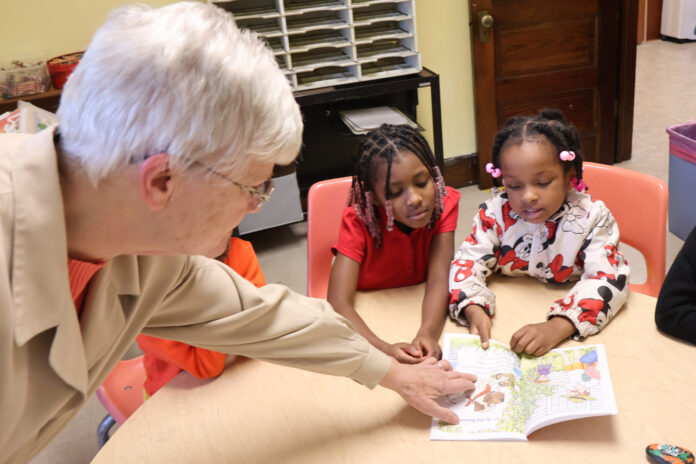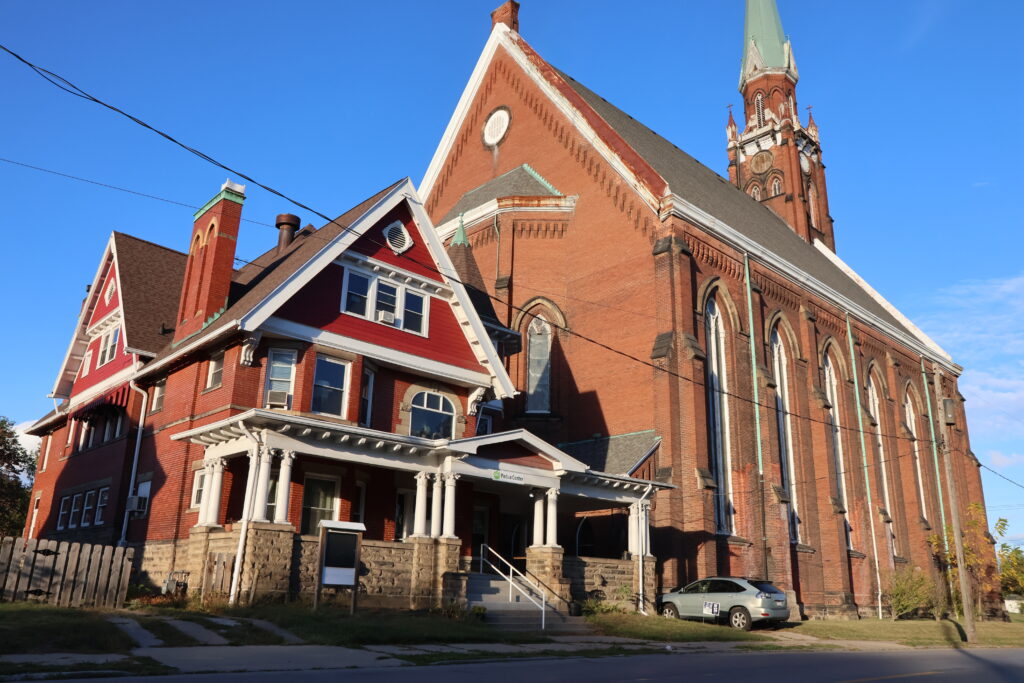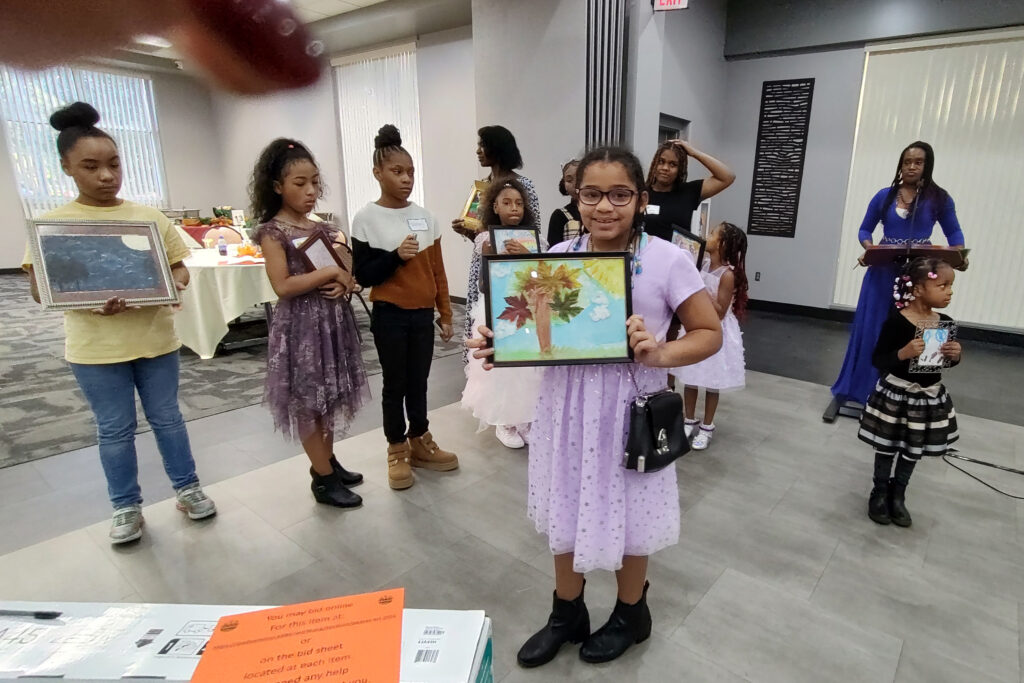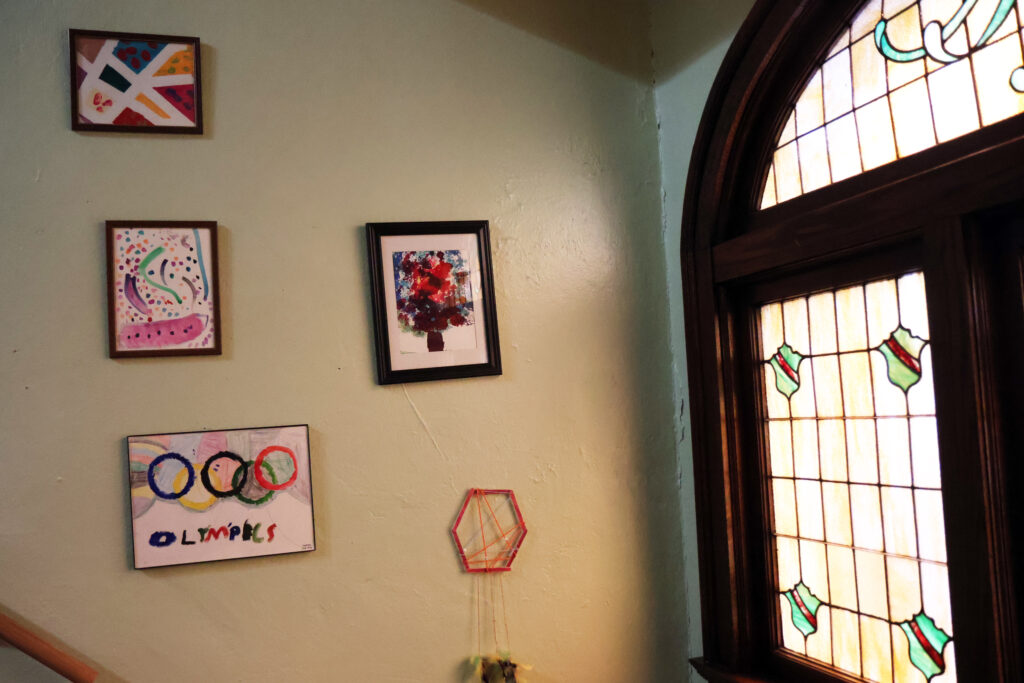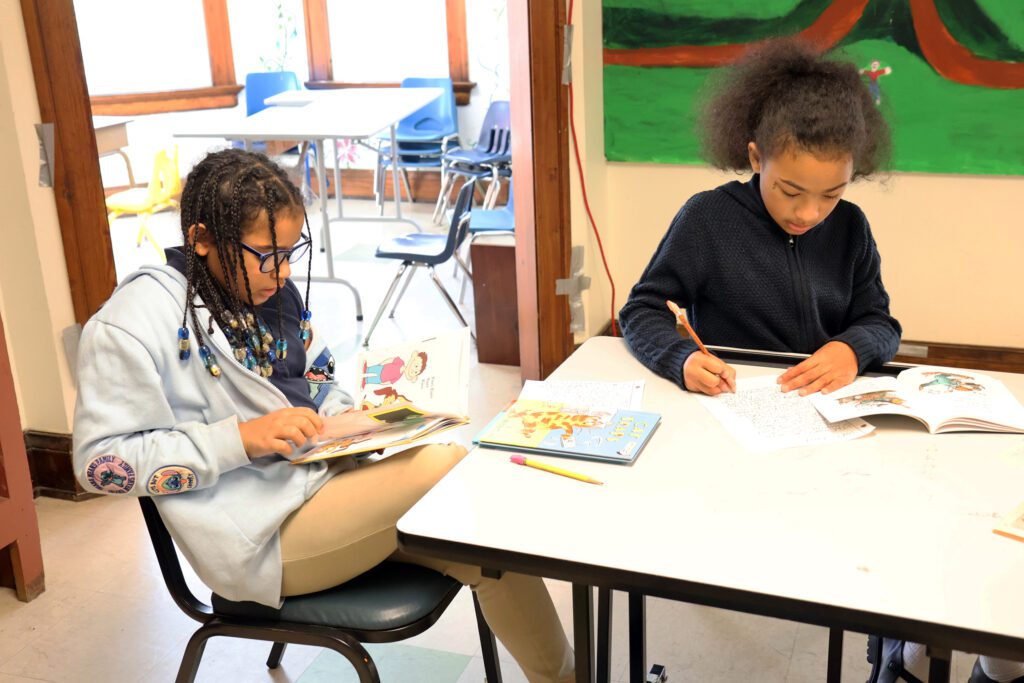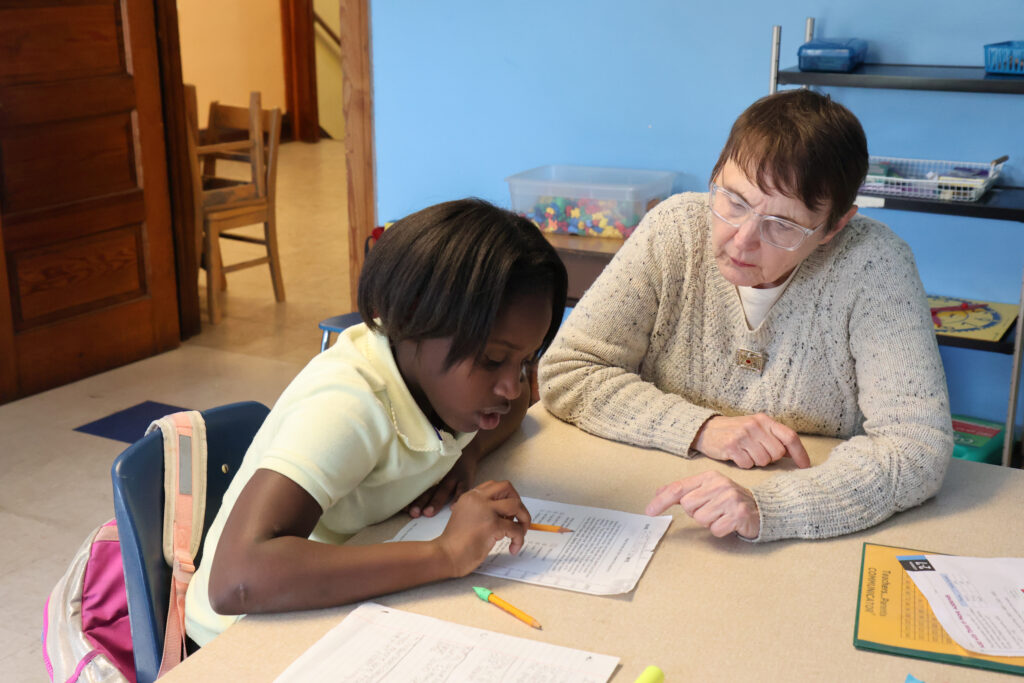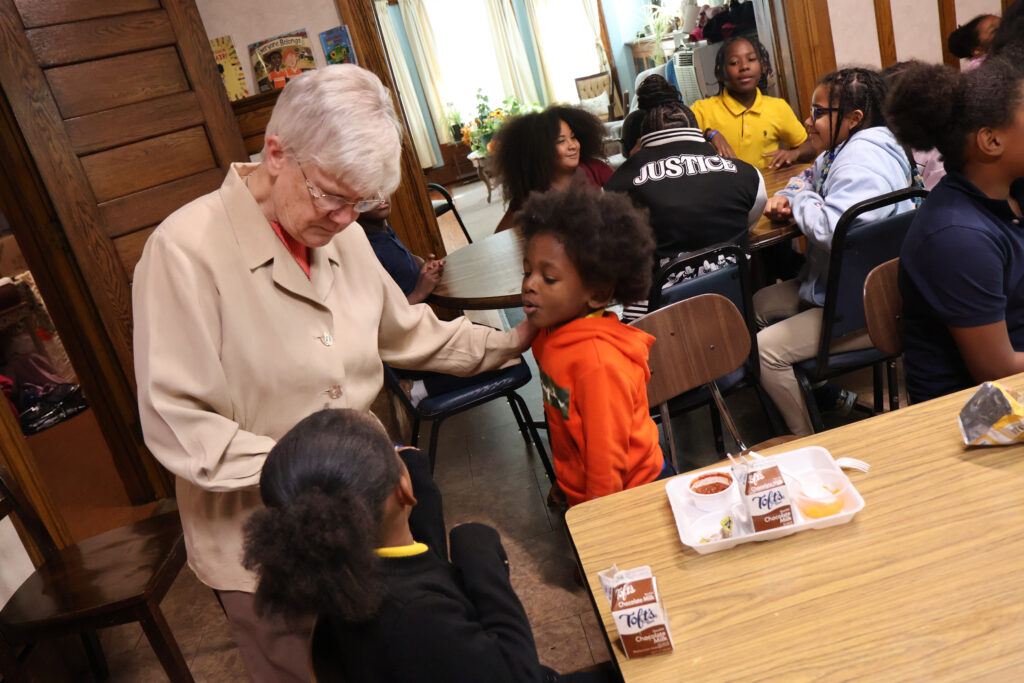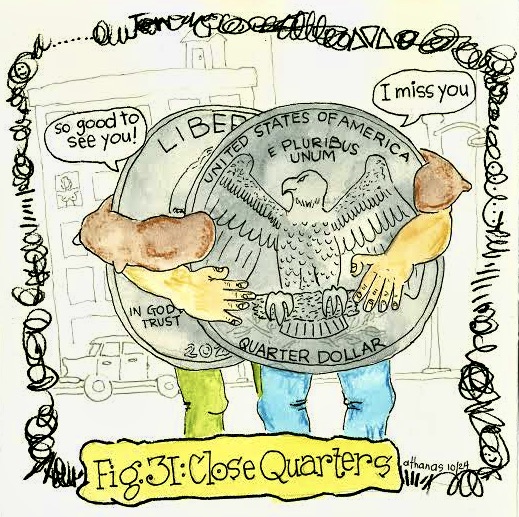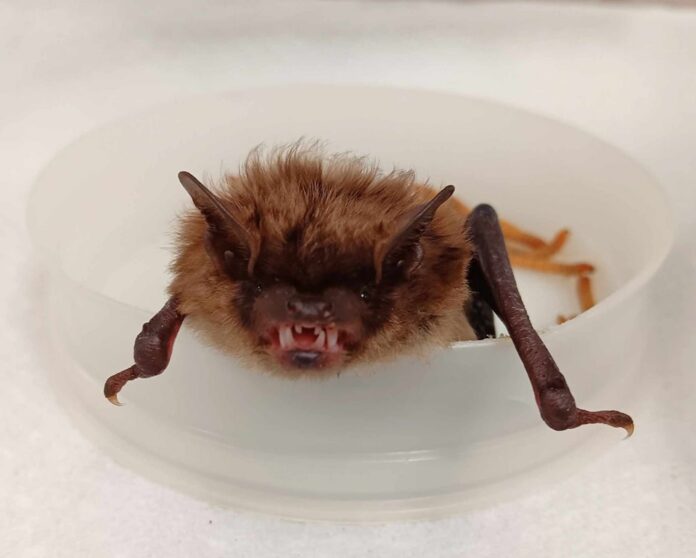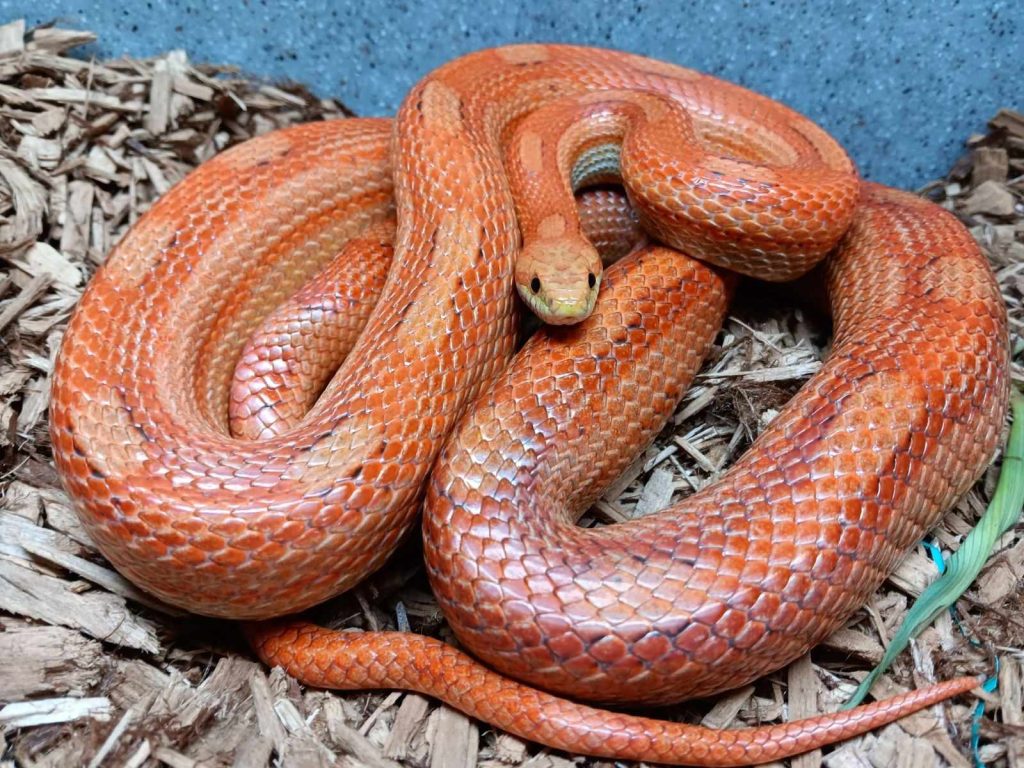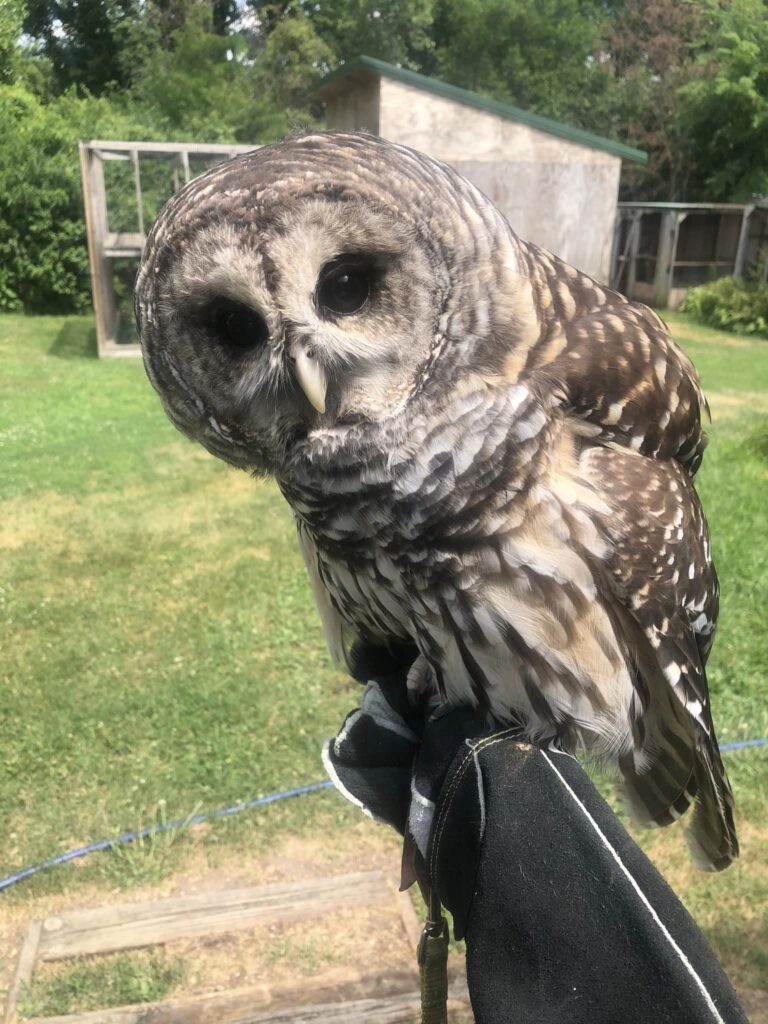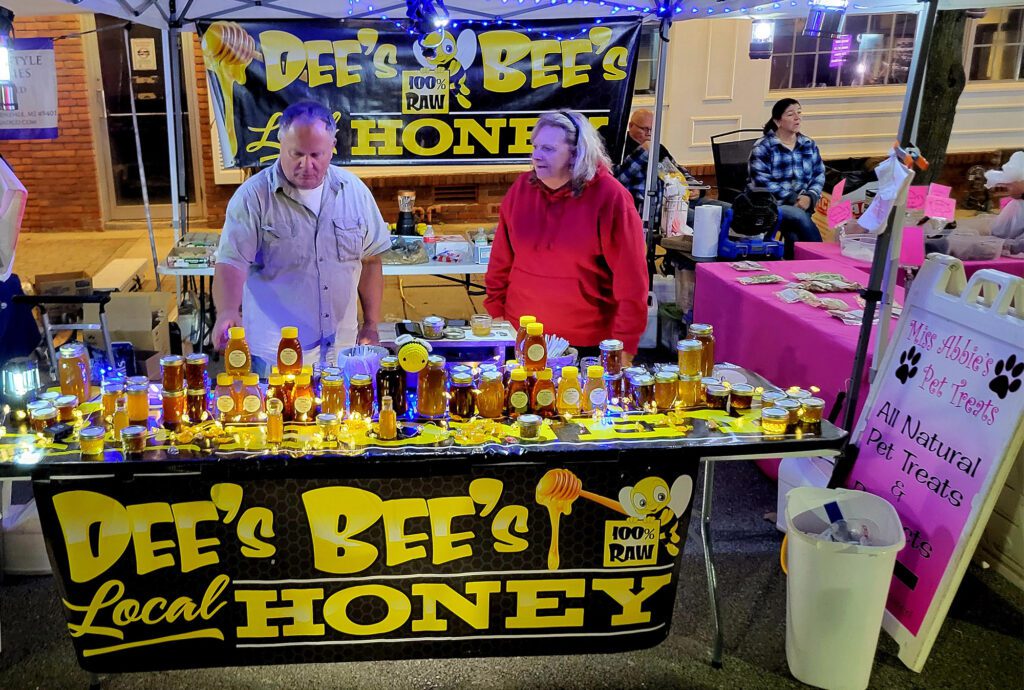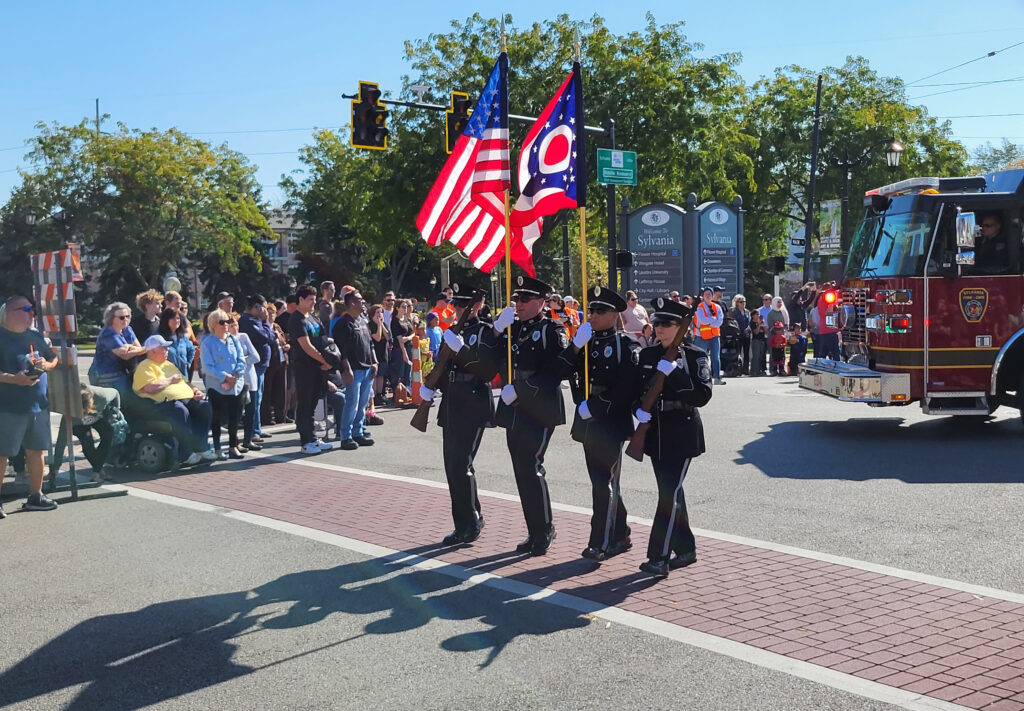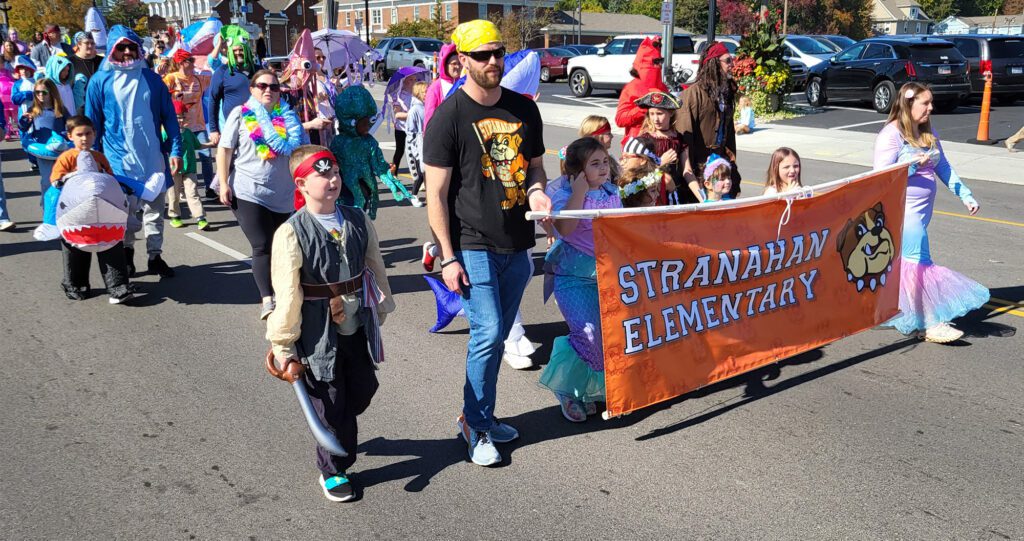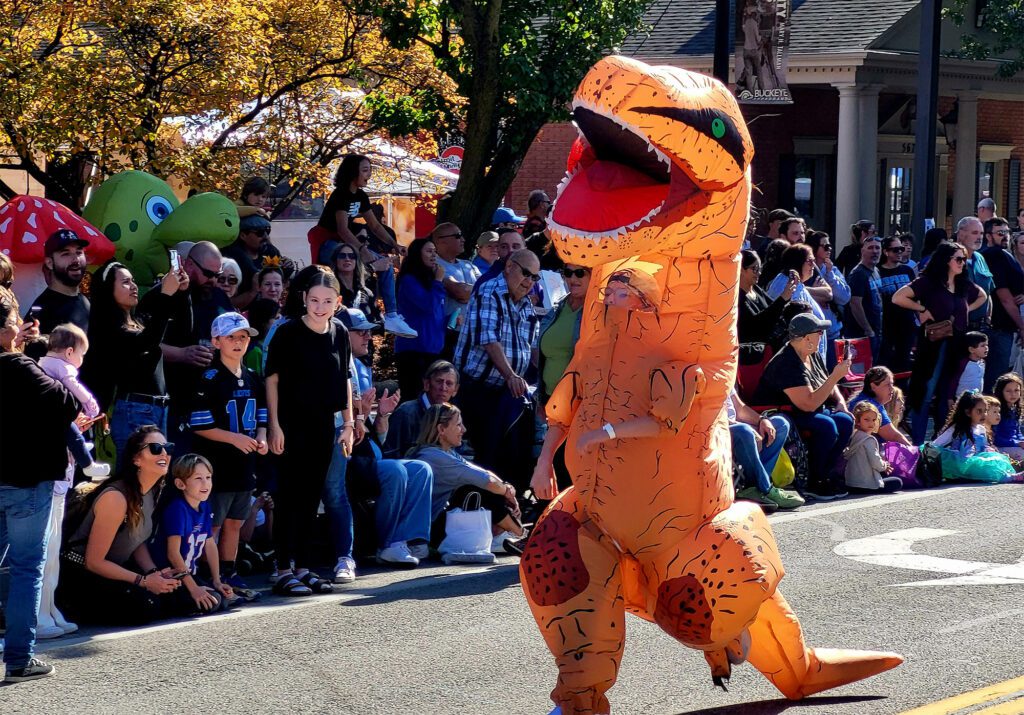Two tales of meeting rock’n’roll legends
By Steven J Athanas | The Homewreckers’ Frontman
In my opinion (and after all, that is what this column is), meeting ‘famous’ people is highly overrated. It’s bound to be fun and exciting initially, but, as they say, they all put their pants on one leg at a time, and they all should get their Covid vaccinations, just like us.
I’ve met my share of rock stars (never mind who – I’m not telling you now, as it may be fodder for future columns), but none of those run-ins has ever changed my life.
. . . OK, OK, OK, I’ll divulge one of the nicer ones I met. After my 25th high school reunion, I took a friend to catch her plane at Detroit Metro. After dropping her off, heading back to the parking garage to my car, I crossed paths with someone who looked remarkably like someone. I approached her.
”Aren’t you Ronnie Spector?” I inquired discreetly. Now, mind you, she wasn’t wearing any Hollywood sunglasses, strutting down the travelator with an obsequious entourage lagging behind. There was no one else staring, pointing at her. She was just a woman, on her own, carrying a small handbag.
Her answer was unique, in my estimation. “Why, yes, who are you?” she said.
Her response was not snobbish, not trying to brush me off, it seemed genuinely . . . curious, sweet. She smiled.
”I’m just a fan, Ronnie, and it’s so nice to meet you,” I gushed.
She thanked me, we traded a couple niceties, and we each went our way.
A very sweet encounter. I didn’t feel the need to ask for her autograph. It seemed enough to have that endearing, simple moment. And then in 2022, she left us.
Others aren’t as accommodating.
As has been established, I have had more than my share of bands, as well as solo and duo excursions. Some of these bands I am quite proud of, some were filler between two good ones, and some weren’t so hot.
One of those tepid conglomerates happened in 1981-82. It was after The Best and morphed into The Wet Shavers. The band was called PLZ. The name was a bland effort to tap into the energy of XTC, one of the greatest under-recognized bands of all time and one of my faves. Other than that, the name referenced nothing – maybe I should’ve taken that as a clue.
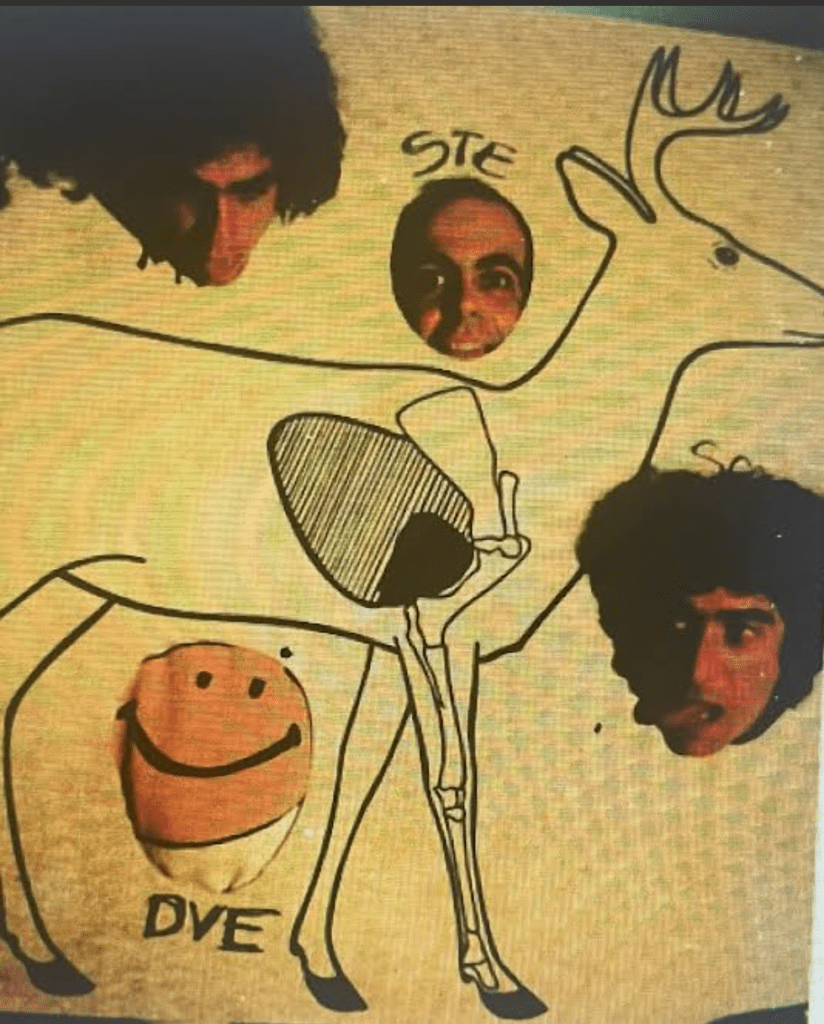
PLZ’s set list was more or less a continuation of The Best: A lot of new wave, Motown, rock’n’roll, with a smattering of originals thrown in. We played the usual venues: The Brass Bell, The Longhorn Saloon, etc.
The one venue where we did have a chance to play that was impressive was The Second Chance in Ann Arbor. It was also known as The Nectarine Ballroom for a while. From Cab Calloway to Iggy Pop to Sam & Dave to Patti Smith . . . the list of performers/bands goes on, and is quite awe-inspiring.
Needless to say, you won’t find PLZ on that website page, but we played on an off night, a Sunday, I think. Not much of a crowd; the bouncers (a lot of U of M football players) were behaving themselves, and we were tryin’ to get somethin’ goin’ on.
After our second set we took a break. Second Chance had one of the nicer break rooms of any club I’d ever played in. In the basement, it was a spacious room with unblemished furniture and tables (bands can be merciless on their break rooms). I imagined the famous rumps that have sat on those chairs and sofas! B.B. King! Gil Scott Heron! Chuck Berry! Robert Fripp! O, my!
During the break, most of the band was sitting in the break room. Suddenly, the two doors swung open and in comes two big luggos; atypical bodyguards, muscular, sneering, doing their job. Sandwiched between these two behemoths was a well-coiffed dude, smirking like he owned it all . . . the one, the only, the Ferriday Fireball, rock’n’roll’s first great wild man, THE KILLER, Jerry Lee Lewis!
As I recall, he just stood between the two hunks, smirking, as though to say, “I’m here, whaddya gonna do about it?” My jaw dropped, I couldn’t have imagined anything more bizarre than his presence in that room, at that time.
Apparently, he had played an early show in Detroit, and, no doubt because of Second Chance’s reputation, he thought he’d drop by to see what was cookin’.
I don’t recall what I initially said, in no small part because of my shock, as I stood there looking at a true legend. I was closest to the doors and to his entrance. We small-talked a bit, maybe I offered him a seat – he declined.
As implied at the beginning of this piece, I’ve met my share of rock stars, but (mostly) never felt inclined to ask for an autograph. But JesusJoseph&Mary! this was a true icon, one of the founders of the art form that I chose to etch out a living!!
In my mind, I had already decided I would ask him for his signature – break my stride of no autographs. The problem was, as I looked around the room, and for the life of me I couldn’t find a blank piece of paper!! I don’t know if the other band members were totally scared or what, but it seemed I was the only one carrying on this conversation. Perusing the room again, with a sense of urgency, I spotted an empty styrofoam cup sitting on the table next to me.
Without thinking (and before he decided to split) I grabbed the cup, put it in his face and asked him if he would sign it. Without saying a word, but giving me a look that said, “What kinda fukkin’ asshole would ask me to sign a styrofoam cup?” The Killer took the cup and pen and begrudgingly signed it.
Then, again, he just stood there with that smirk. An awkward silence followed, and not ready to give up his presence in the break room (not sure why) I asked him . . .
WAIT! STOP THE PRESSES!! I asked Jerry Lee Lewis, the man who recorded at Sun Studios with Elvis, Johnny Cash and Carl Perkins, yes, THAT JERRY LEE LEWIS . . .
I had the audacity, the naivety, the kahunas to ask him, ”So, what’d ya think of the band?”`
Without missing a beat, he looked me straight in the eyes, with a piercing look that I’ll never forget till the day I die, and said . . .
”Son, you suck, your band sucks and you’re in the wrong business.” Verbatim; one doesn’t forget that review from that source.
I was told sometime later by a friend – what would I have expected him to have said? It was Jerry Lee Lewis. “Hey, Steve, you guys’re great. I really enjoyed your set. Could I maybe set in with y’all?”
Hell no, that ain’t the Killer. He was known for his bluntness, his meanness, lookin’ for a fight.
Does that make me feel any better? Not really, but I get it. I lived to fight again, and at least in Northwest Ohio kinda proved him wrong. At least that’s what I tell myself.
VID: “Be My Baby,” “Whole Lotta Shakin’”
PIC: PLZ

